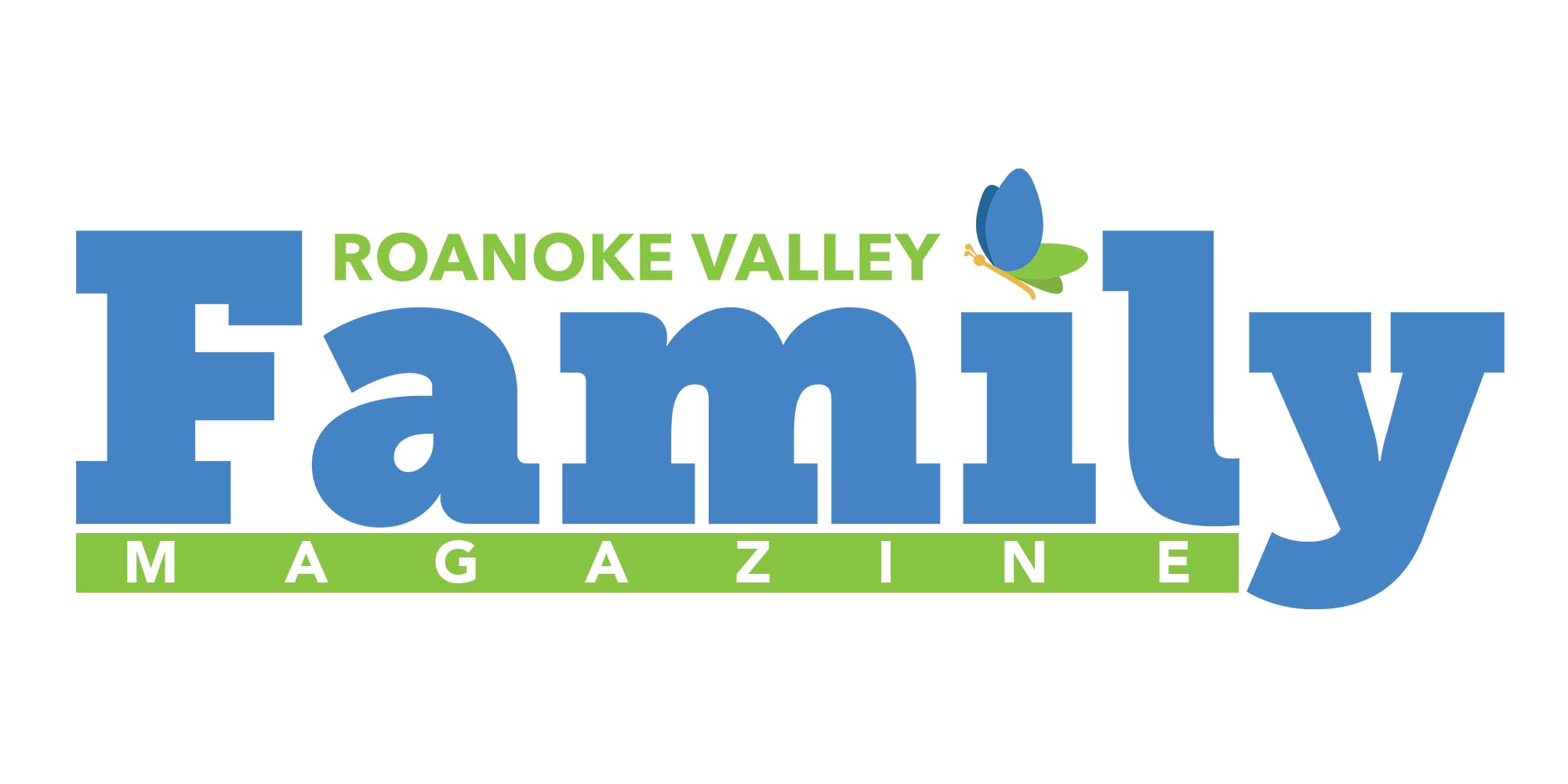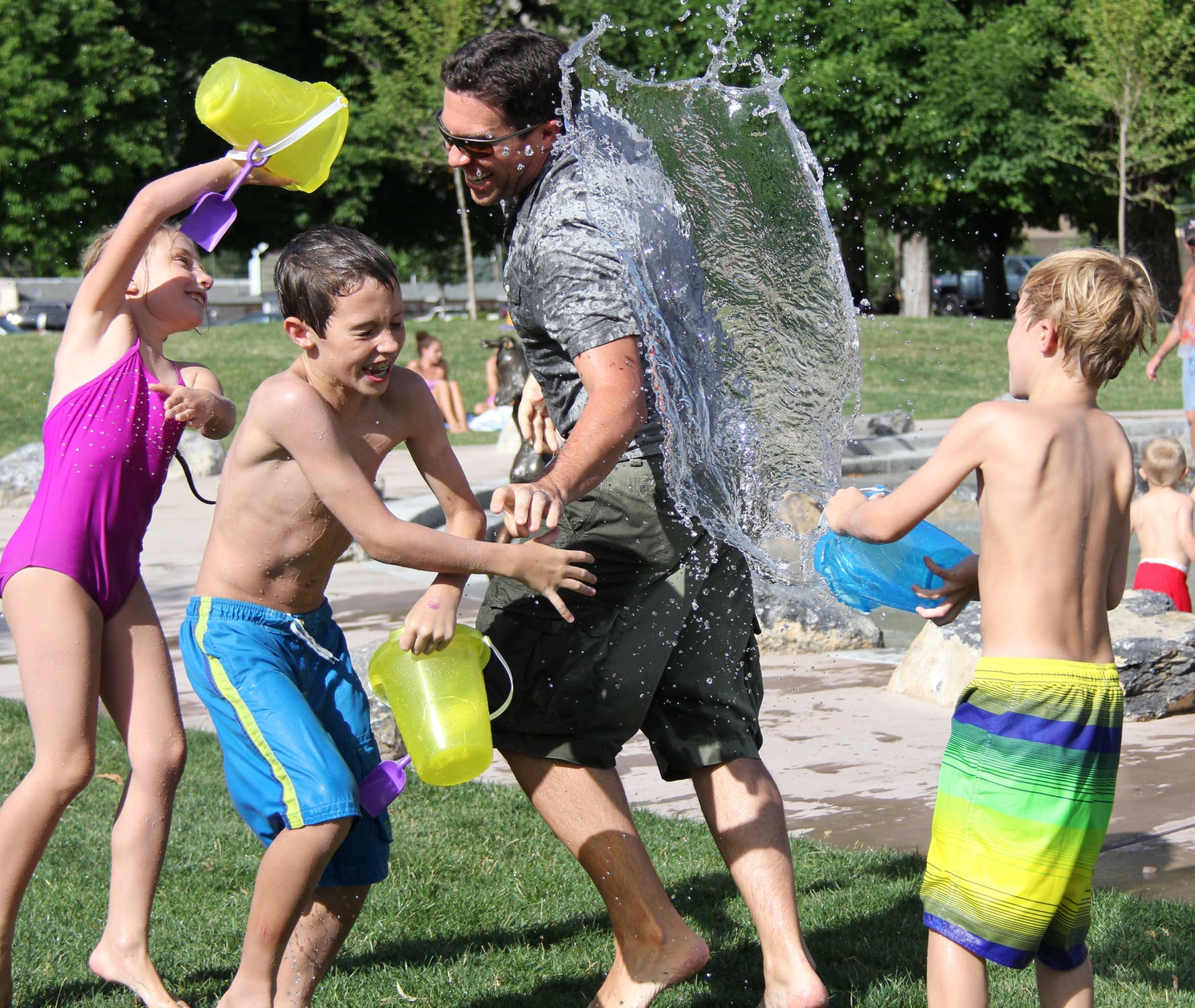Being AWARE – Autism Awareness

 Chances are, most of us know someone affected by Autism, whether through a family member or a child of a friend. During the month of April, doctors, teachers, parents and loved ones will celebrate Autism Awareness Month by helping to increase education and awareness of autism and disorders across the autism spectrum.
Chances are, most of us know someone affected by Autism, whether through a family member or a child of a friend. During the month of April, doctors, teachers, parents and loved ones will celebrate Autism Awareness Month by helping to increase education and awareness of autism and disorders across the autism spectrum.
More and more children in the United States are diagnosed with Autism Spectrum Disorders or ASDs, according to a recent study conducted by the Center for Disease Control and Prevention. The CDC reports a “10 fold increase” in prevalence in the past forty years alone. They estimate that Spectrum Disorders currently affect 1 in 88 children in America. These characteristics are approximately four times more common in boys than in girls. Surprisingly, 1 in 54 boys have some form of autism as opposed to 1 in 252 girls.
We can see that ASDs are affecting large numbers of our children, so what exactly is an Autism Spectrum Disorder? According to Robert Gladder, MD, the autism spectrum involves complex brain development disorders, specifically hindering social and communication abilities. While the condition has unifying characteristics, it largely varies in the way it affects people. Each child on the autism spectrum has unique strengths, difficulties and symptoms. Most individuals on the spectrum have some degree of challenge regarding social skills, empathy, flexibility or possible sensory sensitivity.
The three most common disorders that professionals speak about when diagnosing a child are: classic Autism, Asperger’s Syndrome, and Pervasive Development Disorder- Not Otherwise Specified. These terms are sometimes used interchangeably and can be confusing to parents or family members when attempting to make sense of behaviors and challenges.
Classic Autism involves more severe impacts on development and behaviors, while Asperger’s Syndrome, also called “high-functioning autism,” has more mild effects on development. Professionals often refer to A Not Otherwise Specified form of the disorder as an atypical form of the condition. The Autism Spectrum Resource Center offers that nearly 80% of people diagnosed, fall somewhere under a milder category. Therefore, about 20% of Autistic children and adults demonstrate more difficult behaviors and face more significant challenges, such as speech difficulty or nonverbal communication.
The National Institute of Child Health and Human Development outlines several early behaviors that may indicate a possible Autism Spectrum Disorder. A child may begin to display these behaviors as young as 18-24 months old, and usually by age 2-6. Failure to meet critical developmental milestones including babbling, cooing, gesturing and waving by 12 months can indicate delays. By 16 months a little one should be able to speak single words, and by 24 months generate two-word phrases. Any digression or loss of language or social skill can also be an indicator that parents should seek advice from a medical professional. Doctors should perform developmental screenings at checkup visits.
When asked about her experiences with Asperger’s Syndrome, local area resident Kelly Sargent explains that often times “(the disorder) is very misunderstood among adults.” She remembers having difficulty maintaining friendships as a child, and experienced bullying because of social differences between her and her peers. Sargent says “I don’t always make eye contact, and it’s not that I’m being rude, it’s just hard for me.” Though she has learned to openly recognize and inform others of these differences, Kelly urges readers to treat her like everyone else. “I rely on consistency in my routine- that’s very important, but I also want to be treated like others.” She advocates that keeping an open dialogue amongst peers fosters understanding and appropriate social expectations.
As Kelly implies, basic social interaction can be tough for children with autism spectrum disorders. A valuable resource for parents, The UCLA Center for Autism Research & Treatment gives readers more specific social behaviors that may be observed in autistic children, such as “unusual or inappropriate body language, gestures, and facial expressions (e.g. avoiding eye contact or using facial expressions that don’t match what he or she is saying).” Many children display a “lack of interest in other people or in sharing interests or achievements (e.g. showing you a drawing, pointing to a bird).” Autistic individuals at times will be unlikely to approach others or to pursue social interaction, may come across as aloof and detached, or prefer to be alone. The agency also describes emotional responses to be altered when relating to peers. Characteristics include “difficulty understanding other people’s feelings, reactions, and nonverbal cues.” Children and adults can show sensory sensitivity, including resistance to touch or to specific clothing based on fabrics and textures. These variations can pose discomfort and frustration for children at home and at school. Autistic children thrive on structure and routine to feel safe and in control. Often disruptions to these routines cause confusion and emotional disturbance.
Though many causal theories have been speculated, doctors are still primarily unsure of what actually triggers autism. Cases can be made for genetic factors as well as environmental conditions, such as mother’s health at the time of birth. The Autism Society explains that the condition has no single cause, but researchers believe the source stems from abnormalities in brain structure and function. Conducting brain scans of affected children evidenced differences in both shape and structure when compared to children with typical neurological development.
Common autism treatments can include behavior therapy, speech-language therapy, play-based therapy, physical therapy, occupational therapy, and nutritional therapy. Professionals encourage parents to educate themselves about Autism and to pinpoint their own child’s unique needs, since no two cases are the same.
With the increase in prevalence, more families are receiving the services needed to provide support and assistance. Special education teachers, speech-pathologists, medical doctors, child psychologists, and behavioral coaches all take part in ensuring a child receives a high quality of care in order to thrive. Parents work alongside these experts to gain the understanding, knowledge, and skills to be better equipped for their children. Professionals suggest that parents should seek support for themselves when needed. Joining a local autism support group can connect families who are dealing with similar joys and challenges, and can be a great resource for parents. If you are interested in learning more about Autism Spectrum Disorders, please visit Helpguide.org, Autism-society.org, or Autismspeaks.org for more information, programs, and recent research developments.




